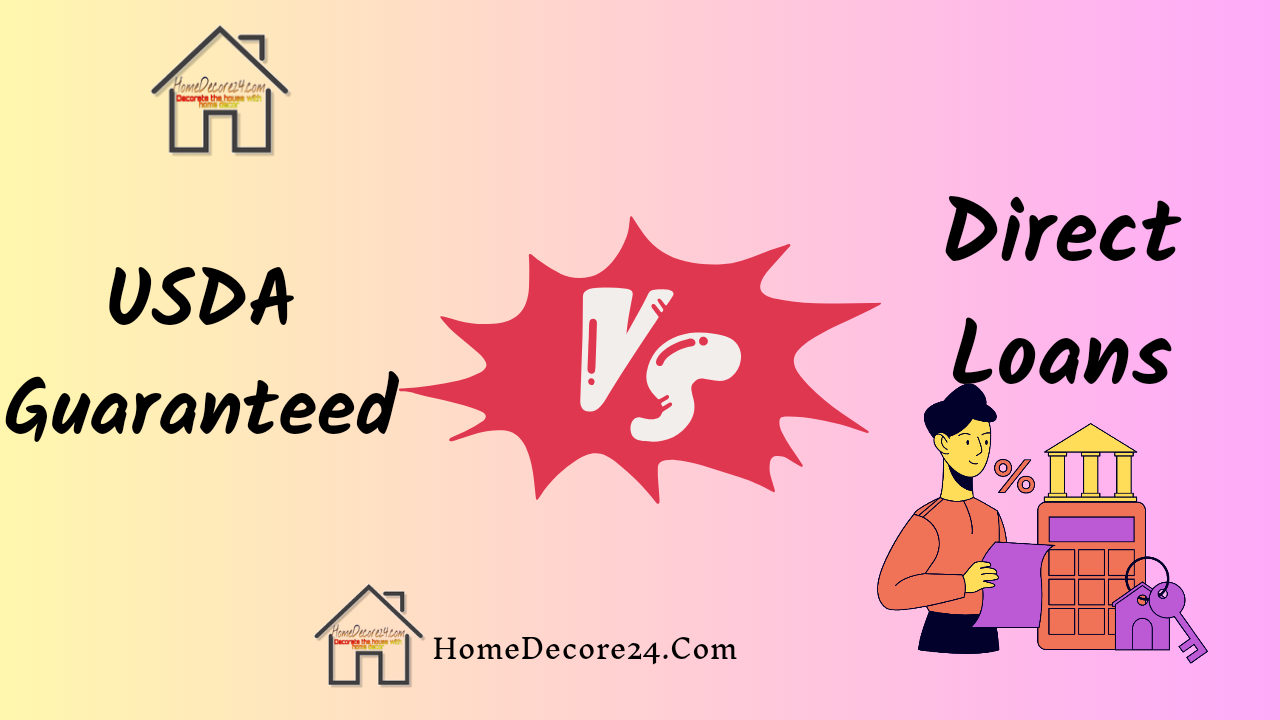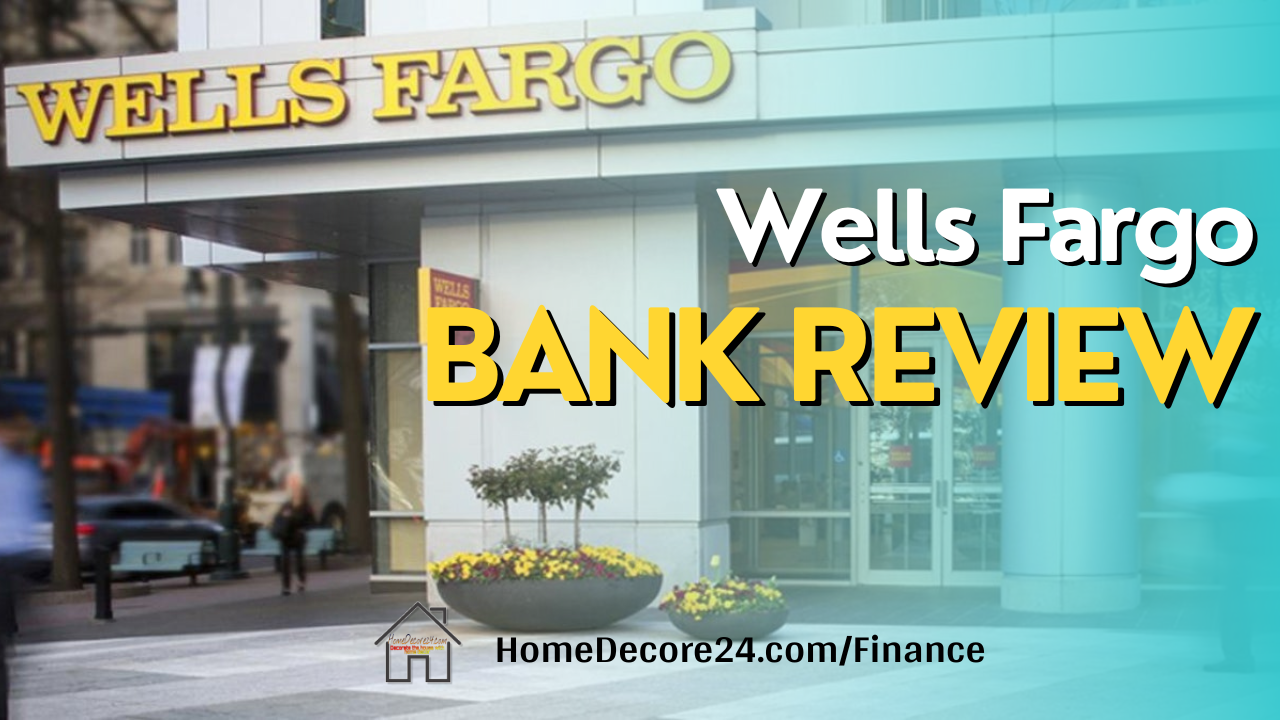
When homeowners need to tap into their home equity for various financial needs, two common options come into play: Cash-Out Refinance and Home Equity Line of Credit (HELOC). Both methods allow homeowners to access funds based on the value of their property, but they operate differently and come with their own set of advantages and considerations. In this article, we will delve into the details of each option to help you make an informed decision about which one best suits your needs.
Cash-Out Refinance
Cash-out refinance involves replacing your existing mortgage with a new one that has a higher balance. The excess funds from the new mortgage are then given to you in cash, allowing you to use the money for various purposes, such as home renovations, debt consolidation, education expenses, or other financial goals.
Pros
- Single Monthly Payment: With a cash-out refinance, you’ll have only one monthly payment to manage – your new mortgage payment, which includes the borrowed amount.
- Lower Interest Rates: Mortgage rates tend to be lower than those of other types of loans, such as personal loans or credit cards. By refinancing at a lower rate, you could potentially save money on interest payments over time.
- Predictable Payments: Fixed-rate mortgage options provide stability, as your interest rate and monthly payments remain constant throughout the loan term.
Cons
- Closing Costs: Refinancing comes with closing costs, which can include application fees, appraisal fees, title search, and more. These costs can be substantial and should be factored into your decision.
- Longer Loan Term: If you extend your loan term to access more cash, you might end up paying more interest over the life of the loan.
- Equity Reduction: Since you’re borrowing a larger amount against your home, your equity will decrease, which could impact your financial flexibility.
Read More: Bridge Loans: A Comprehensive Guide on How They Work
HELOC (Home Equity Line of Credit)
A HELOC, on the other hand, is a revolving line of credit that allows you to borrow money against the equity in your home. Similar to a credit card, you can draw funds as needed and repay them over time.
Pros
- Flexibility: HELOCs provide flexibility by allowing you to borrow only the amount you need when you need it, rather than receiving a lump sum upfront.
- Interest on Borrowed Amount Only: You only pay interest on the amount you’ve borrowed, not the entire credit limit.
- Variable Interest Rates: While this can be a disadvantage, it can also work in your favor if interest rates remain low or decrease further.
Cons
- Variable Interest Rates: While variable rates can be advantageous, they also pose a risk of increasing over time, potentially causing your monthly payments to rise.
- Complex Payments: Payments can vary, making it important to budget properly to ensure you can manage potential payment fluctuations.
- Potential for Overspending: The revolving nature of a HELOC might tempt you to overspend or use the credit for non-essential purchases, potentially leading to financial strain.
Choosing the Best Option for You
The decision between a cash-out refinance and a HELOC depends on your specific financial goals, current circumstances, and risk tolerance.
Choose Cash-Out Refinance If
- You prefer a fixed interest rate and predictable payments.
- You need a substantial amount of cash for a one-time expense.
- You’re comfortable with the potential closing costs and a potentially longer mortgage term.
Choose HELOC If
- You need flexible access to funds over time, rather than a lump sum.
- You can manage potential interest rate fluctuations and payment variability.
- You have a disciplined approach to borrowing and repaying, avoiding overspending.
Read More: 7/6 Adjustable-Rate Mortgage (ARM)
FAQ’s
Can I use a cash-out refinance to pay off a home equity line of credit?
Yes, a cash-out refinance can be used to pay off a home equity line of credit, consolidating the debt into a new mortgage with potentially better terms.
Is a cash out refi or HELOC easier to qualify for?
A cash-out refinance typically has stricter qualification requirements, including credit score, income, and home equity. HELOCs may have slightly more lenient criteria.
Can I borrow more a HELOC or a cash-out out refinance?
A cash-out refinance generally allows you to borrow a larger amount, often up to 80-90% of your home’s value, while a HELOC offers access to a smaller portion of equity.
When do I have to repay a cash-out refinance or HELOC?
For a cash-out refinance, repayment follows your new mortgage schedule. HELOCs have a draw period (accessing funds) usually 10 years, followed by a repayment period.
Is it better to have a HELOC Or Refinance?
Choosing between a HELOC and refinance depends on your needs. HELOC offers flexibility, while refinance provides a lump sum. Consider goals, terms, and financial situation.
Youtube Video
Bottom Line
Both cash-out refinancing and HELOCs offer homeowners the ability to access their home equity for various financial needs. Your decision should be based on factors such as the amount of money you need, your ability to manage payments, your comfort level with interest rate fluctuations, and your overall financial strategy.
Consulting with a financial advisor or mortgage professional can provide valuable insights tailored to your specific situation, helping you make the best choice for your long-term financial well-being.







